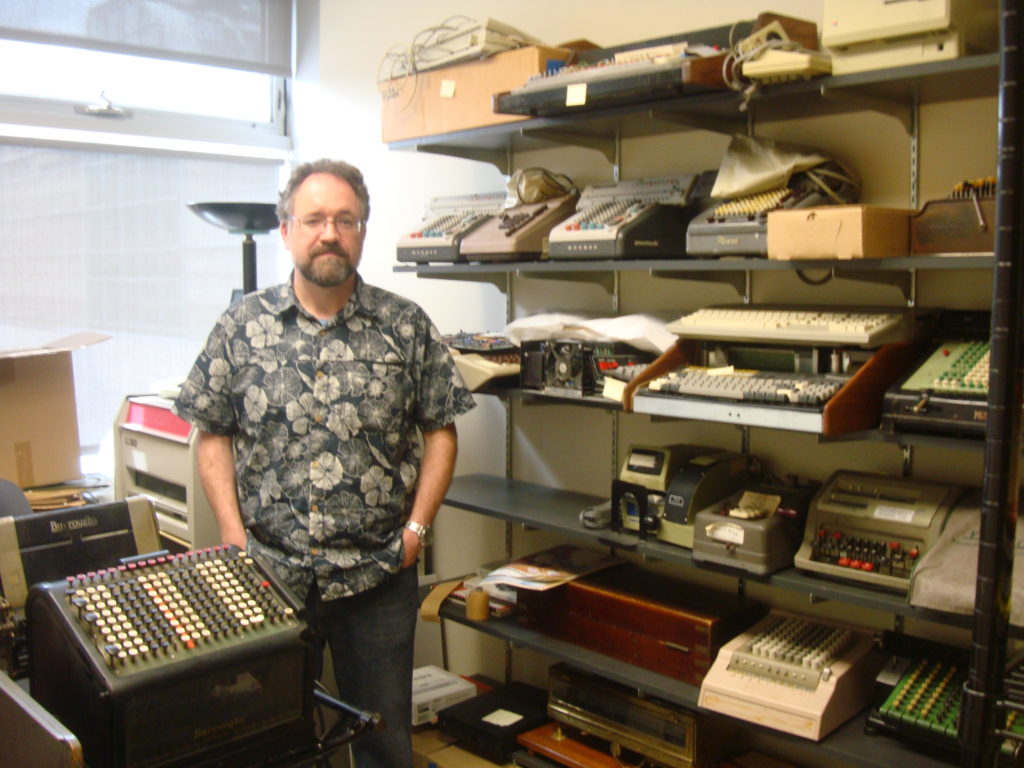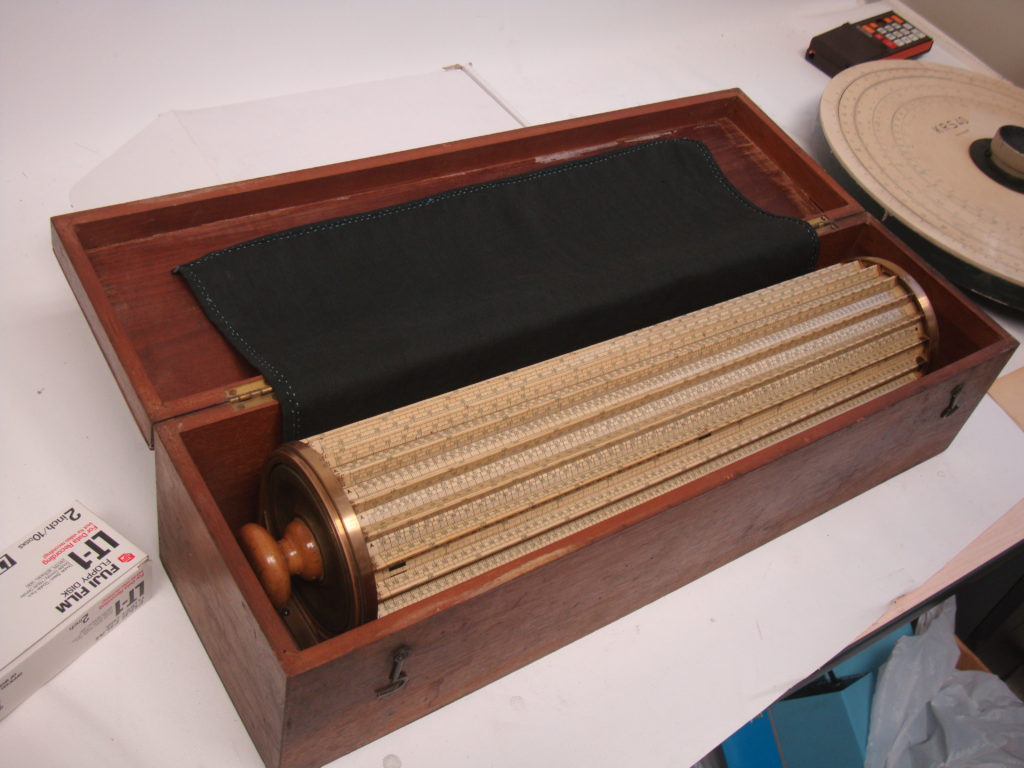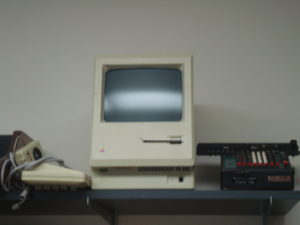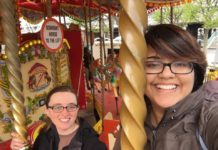While the evolution of Waterloo as the “Canadian Silicon Valley” is an interesting development, the impact of computers on such development is a separate theme, that deserved separate attention, kickstarting the initiative of founding the University’s own computer museum.
While doing research for an article on the Antikythera earlier in June, I was directed towards Mr. Lawrence Folland by the CS department. He manages research support for School of Computer Science. While talking to him, I stumbled upon the efforts made by people like him to organize the university’s very own computer exhibit, and was surprised that such exhibit didn’t exist in the place like UW already. I was directed to Professor Scott Campbell from the Department of Systems Design Engineering.
Campbell has helped York University with their computer museum since the 2000s, and he wanted to bring one to UW. He talked to Director Folland, and the two spent their free time accumulating materials – including old computers discarded from departments.
This task hasn’t been easy.
“Most people want to see new stuff instead of old exhibits,” said Professor Campbell in his interview to Imprint. “It takes time, resources. The Smithsonian used to have a computer exhibit, which caught on fire. It requires a lot of attention if somebody intends to run the computers, since they require regular maintenance.”
Currently, the museum is behind in cataloguing their artifacts. they also need particular computer skills from volunteers to manage the cataloguing software.
Grad students that are associated with Institute for Computer Research and Centre for Science, Technology and Values help out. Usually, there are 15-20 students who work on the museum, including some high school co-op students from KW. But there are still only 1500 of thousands of items catalogued and not enough staff to do it.
After the cataloguing is completed, the hope is to get permission to place some exhibits at locations like Davis Centre, and at least have some permanent or temporary displays.
The math faculty has been very supportive to the budding museum. Some temporary exhibits will open on MC 3011 starting July 4 – “Hardware Day,” dedicated to the 50th anniversary of the Math Faculty. Professor Campbell himself, along with guests, will speak that day. The exhibit is planned to be on display for roughly a week.
There is no complete decision on the best possible display locations, as the vast collection provides rich thematical selection. For example, the museum has parts from the first mainframe on campus, dating all the way back to the mid-80s. There is a slide roll and a mechanical calculator from the 19th century, and even a WWII bombsight device.
The accumulation of exhibits is an inconsistent process.Mostly, acquiring exhibits is the matter of resources, as it is the case for most museums.
On campus, once UW or staff renew their inventory, the old equipment goes to central stores, and is later treated as e-waste. If it has value, they sell it right away. Sensitive information, such as grades and public personal data, needs to be handled with care. One of the interesting finds from central store was a Hewlett-Packard (HP) computer that was discovered in early July. Back in 1980s, it was state of the art, costing around $10 000 at the time.
The significance of the museum would also be in preserving the legacy of the university. For example, the “Red Room” in MC was a two-stories and filled with mainframes, where the main operational computers for campus. Referred to as the “Computer Cathedral,” people working and maintaining it were called “Computer Priests,” and this constituted an important part of UW’s history of development as a technical hub. Closed in the 90s, this computer centre is unknown to new generations of students. The importance of its role as a communication and research hub is now limited to the memory of people who worked in it.
Computers were not only part of the learning and research process, but they were the mechanical companions of people from different faculties who used them to store their personal info, research data, art, and more.
Watching the evolution of computer and its role in the lives of students and staff can certainly help to understand the distances covered and put the future in perspective. After all, somebody should remember that when dealing with punch cards, “you should not fondle, spindle or mutilate.”
































